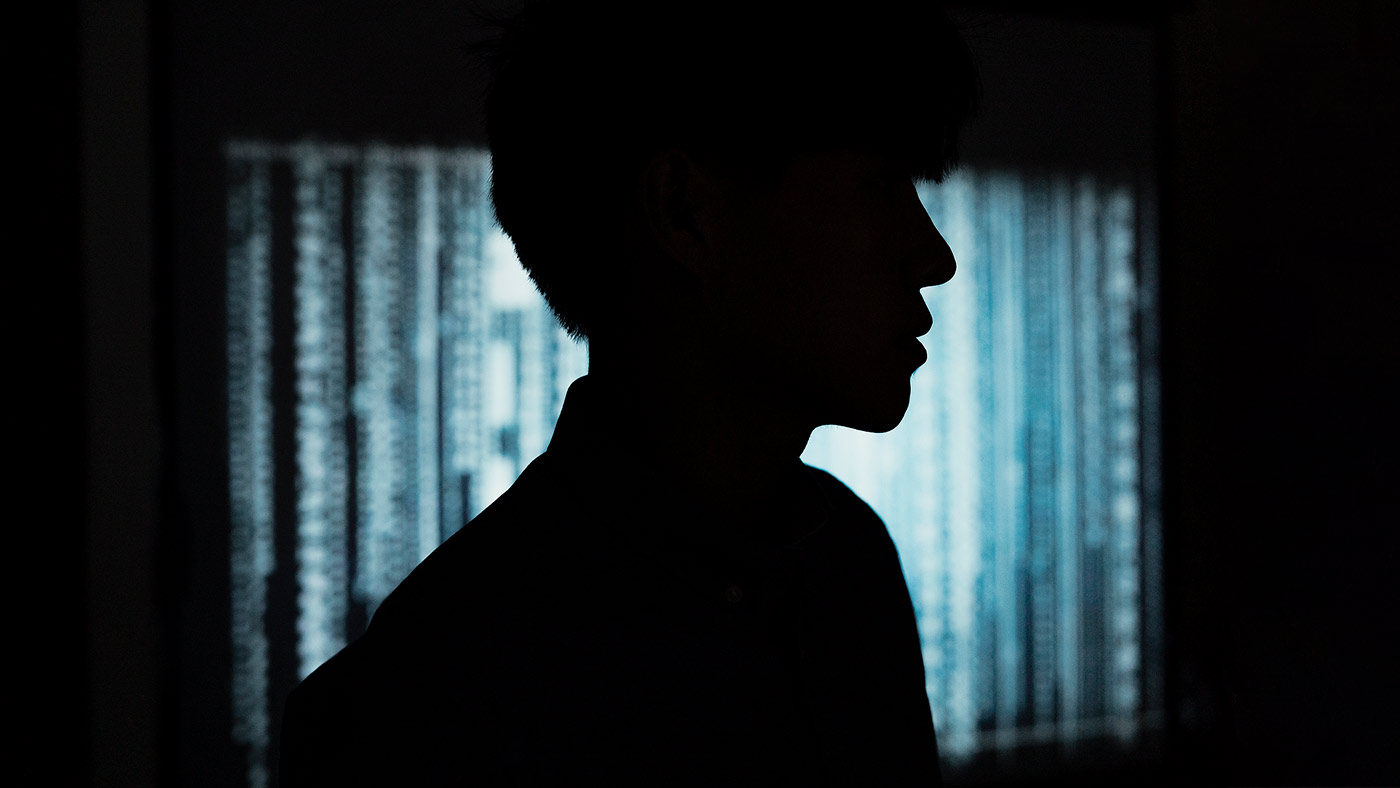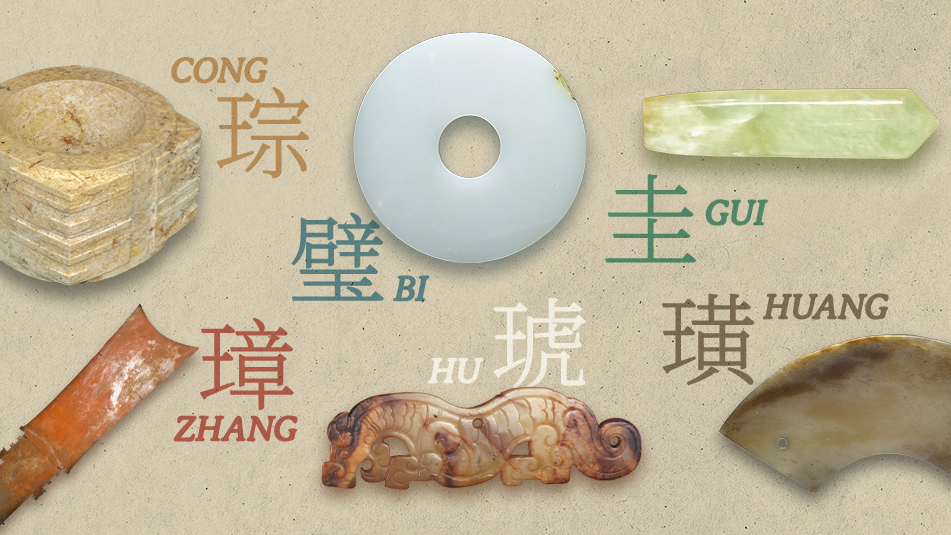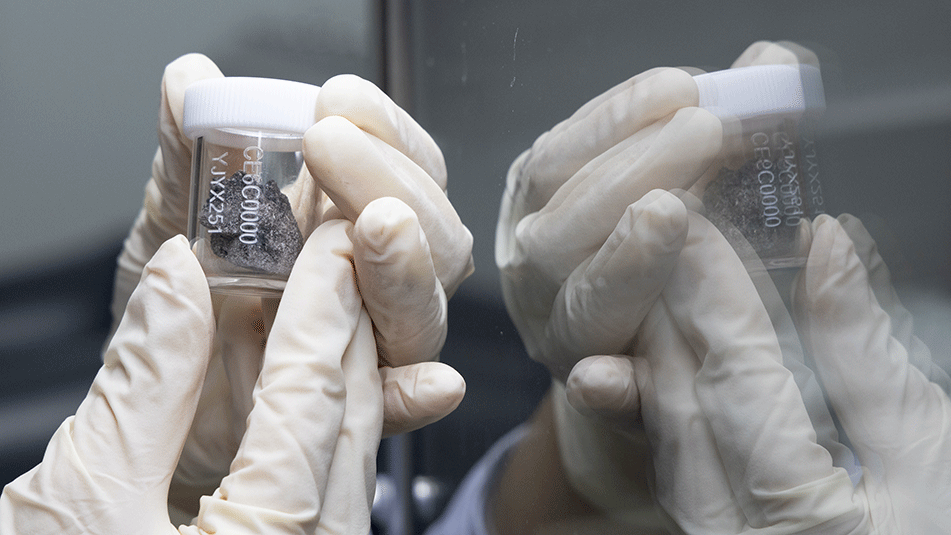Tamura Toshiko was born in 1884 in Tokyo; her father was a rice merchant and her mother had been a singer and actress. Her original name was Sato Toshi. Her family moved even more frequently than the norm for the day, so that by the time she was fifteen she had attended at least five elementary and secondary schools. She started university but dropped out after a year due to ill health (or possibly boredom). Subsequently she studied writing with the novelist
Koda Rohan (brother of
Nobu), whose laid-back personality she admired, although she found his classical style confining. Her first short story was published in 1902.
She continued to write while also spending five years or so training as an actress, attending
Kawakami Sadayakko’s acting school as one of the first students. She was particularly interested in the intersection of actresses with the
onnagata women’s roles traditionally played by men. Like
Okada Yachiyo, she wrote her own version of
A Doll’s House in a play in which the wife takes control of her husband.
In 1909 she became the common-law wife of the writer Tamura Shogyo (they had fallen in love six years earlier, but waited to move in together while Shogyo studied in America), also a disciple of Rohan’s. He came to her one day brandishing a newspaper advertisement for a writing competition, of which the winner’s work would be serialized; Toshiko was at first unwilling to try anything so commercial, but finally gave way to his shouting and nagging, sat down at her desk, and submitted a novel on the day of the deadline. She won the prize.
Further stories, often autobiographical, were published in
Hiratsuka Raicho’s
Bluestocking (although Toshiko had visited the magazine’s offices and wondered aloud whether these spoilt young women were capable of putting together a journal on their own) and in the leading literary magazines of the time, acquiring for her a reputation for a sensual style and a sensitivity to social injustice against women. Although she was now capable of supporting the household with her writing, Toshiko lost patience with her husband’s disinclination to work and moved out, spending her money as she chose and enjoying various relationships which included one with the Russian translator
Yuasa Yoshiko, among other women. Able to do anything she turned her hand to, she also held an exhibition of fan paintings and handmade dolls with the artist
Takamura Chieko.
In 1918, Toshiko left her husband for good to follow the reporter Suzuki Etsu to Vancouver (after a frantic exchange of letters), where they both worked on the editorial board of the local Japanese newspaper. She was to live there for eighteen years, marrying Suzuki and continuing to work as an editor and journalist involved in unionization and women’s issues among the Japanese-Canadian community, before returning to Japan upon Suzuki’s death in 1936.
She picked up her career as a novelist once again after returning to Japan, writing about Japanese immigrants abroad, but found herself better known for her affair with Kubokawa Tsurujiro, a writer and activist married to the better-known
Sata Ineko. After the publication of a novel based on the affair, she left Japan in 1938 for Shanghai, where she edited a women’s literary magazine published in Chinese (and largely staffed by Communists, in accordance with Toshiko’s own increasingly leftist views). She died in China of a stroke in 1945, just before the end of the war, at the age of sixty-one. In 1961, her friends founded the Tamura Toshiko Prize for women’s writing, funded by her royalties.
Sources
Mori 1996, 2008
https://unseen-japan.com/tamura-toshiko-the-new-woman-feminist-in-early-modern-japan/ (English) Detailed article which also includes photographs







